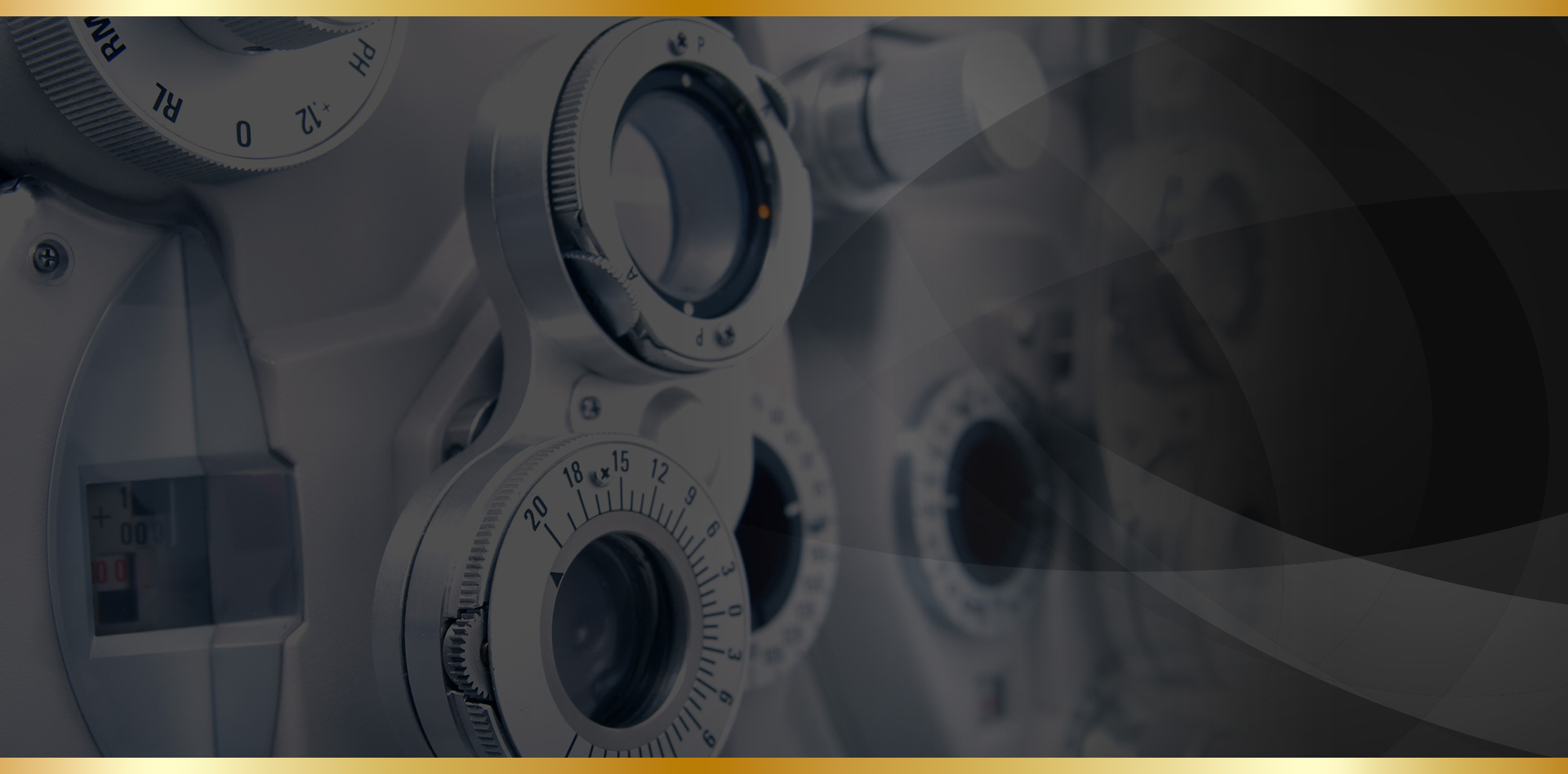
Appleton Myopia Control
Myopia, commonly known as nearsightedness, is a prevalent vision condition in which distant objects appear blurry while close objects can be seen clearly. This refractive error occurs when the eyeball is too long, or the cornea is too curved, causing light to focus in front of the retina instead of directly on it.
Myopia is on the rise worldwide, and our own community in Appleton and the surrounding area in the Fox Valley Region is not immune. Early detection and management are a vital part of myopia control
Several factors contribute to the development of myopia, including genetic predisposition and environmental influences. Children with myopic parents are more likely to develop the condition themselves. Additionally, the increased use of digital devices and prolonged periods of close-up activities, such as reading, can strain the eyes and contribute to the onset of myopia. Understanding these causes helps in implementing preventive measures and lifestyle changes that can slow down the progression of this condition.
Early intervention is essential in managing myopia effectively. Comprehensive eye exams and monitoring of vision changes can help detect myopia at an early stage. At Packerland Eyecare, we offer myopia control strategies designed to slow its progression and preserve your vision quality.
Call (920) 717-4299 or contact us online today to schedule an appointment with our board-certified optometrist and learn more about myopia control in Appleton.

Why Choose Packerland Eyecare?
Your Vision Is Our Passion
-
Insurance Plans & MoreWe work to make your care as accessible as possible, through insurance plans and our own membership offers.
-
Range of Care for All Ages
We offer comprehensive eye exams for all ages, including back-to-school, pediatric, routine, & senior care.
-
Friendly, Experienced TeamExpect attentive care from professionals who use advanced technology and expertise to guide you.
-
Medical EvaluationsOur team can provide unique evaluations and screenings to check for diabetes and other health considerations.
Myopia Symptoms
- Blurred distance vision: This blurriness can affect activities such as watching television, driving, or recognizing faces from afar. Without proper correction, these tasks can become increasingly challenging and frustrating.
- Frequent squinting: People with myopia may squint frequently in an attempt to see distant objects more clearly. Squinting temporarily improves focus by slightly altering the shape of the eye. However, if done excessively, it can lead to headaches.
- Eye strain and fatigue: Myopia can cause significant eye strain, especially after prolonged periods of focusing on distant objects. This often makes it difficult for people to maintain concentration.
- Headaches: Regular headaches, particularly those occurring after visual tasks that require distance viewing, can be a symptom of uncorrected myopia. These headaches are often caused by the constant effort of the eyes to focus on blurry images.
- Difficulty seeing at night: People with myopia often notice a decline in their night vision quality. This can make nighttime activities like driving more hazardous, as low light conditions exacerbate the blurriness caused by myopia.
- The need to sit closer: Myopia can lead children and adults to sit closer to televisions or the front of classrooms to see clearly. This behavior is a common indicator of vision problems and should prompt a comprehensive eye examination.
- Reduced academic and work performance: The inability to see distant objects clearly can hinder people at work or in school. Myopia affects the ability to read whiteboards, presentations, and other materials, potentially impacting productivity and learning.
Frequently Asked Questions
What are the long-term benefits of starting myopia control for my child?
Starting myopia control early offers significant long-term benefits beyond just clearer vision. By slowing down the progression of nearsightedness, we reduce the risk of your child developing high myopia. High myopia is associated with a significantly increased risk of serious sight-threatening conditions later in life, including retinal detachment, myopic macular degeneration, and glaucoma. These conditions can lead to irreversible vision loss. Through myopia control, we aim to preserve your child's eye health and protect their vision for a lifetime, enabling them to pursue their passions without the limitations that severe myopia can impose. It's an investment in their overall well-being and future quality of life.
At what age should myopia control typically begin?
Myopia control is most effective when initiated early, ideally as soon as myopia is diagnosed in a child and shows signs of progression. This often falls within the elementary and middle school years, typically between ages 6 and 14, when the eyes are growing most rapidly. Early intervention can maximize the long-term benefits.

Get an Experienced Myopia Control Doctor
Packerland Eyecare has been helping both English and Spanish-speaking patients in Appleton, Green Bay, and throughout Outagamie and Brown counties since 2012. Using state-of-the-art technology, our optometrist understands what to look for and how to craft a good treatment plan.
Call } today. We accept most insurances and can meet at a time of your convenience, including after normal business hours.
Our Patients Say It Best
-
“The explanations he gave were wonderful and greatly appreciated.” Ashley Kuepper
-
“She takes her time explaining things and pays attention to detail.” Chad Brekke
-
“She is very informative when discussing options on types of lenses & products.” Marcy Ortlieb